Coaches, Wearables, and REST
A training tip from Rebecca Hammond

Main points:
- Rest is necessary for fitness gains and helps to prevent injuries
- Wearable heart tracking devices are imperfect but can be useful for ensuring proper rest in the absence of a coach
I’m not someone who shies away from effort. I tend to dive into things head on. This has given me the ability to study hard and endure physical discomfort, which has gotten me into competitive schools and through the hard workouts necessary to be a competitive athlete. Although my ability to exert myself has gotten me far, I am coming to realize that it is not the be-all-end-all way of living life to its fullest (duh) or (perhaps, more relevantly) maximizing my performance in endurance sports.
I was a chronically injured runner for essentially my entire track and field career. The podiatrist made me custom orthotics. The physios gave me exercises and stretches. The kinesiologists worked on my form. The chiropractors and massage therapists manipulated my body. Countless clinicians and patient-proclaimed magicians saw me, told me what was wrong with me, and gave me solutions that I tried to no avail. In the end, it was always back to the pool with my blue foam aqua jogging belt, the elliptical, the stationary bike with my white gym towel and puddles of sweat. I learned how to push myself with these various modalities.
Most seasons, including when I got All-American in the 1500m, I was running once per week outside of racing, and cross training the rest of the days. But all of these workouts were hard workouts where I really pushed myself. I didn’t use heart rate monitors at that time, but the sensors on my stationary bike told me I was keeping my HR in the high 140’s to 150’s during my hour long “maintenance” efforts (we’ll come back to this). I would time the few “easy runs” I did and mentally calculate my pace after finishing, comparing it to last time. Naturally, as someone high strung and competitive, I’d push the pace every time.
The cross-training was mentally taxing, but the highs of racing and of pushing myself hard most days got me through it.
Then I started medical school at Harvard. The tedium of required class and studying for tests made my tolerance for cross-training drop precipitously to the point that I finally quit running.
Flash forward two and a half years later to find me running five to six times per week, running more mileage than ever and placing second at Spartan World Championships, a >12mi race.

What happened?
I scratched my head over this too. I felt like knocking on wood almost every day as the 2018 season progressed and I remained injury free. Multiple factors surely contributed - taking twice the normal time off from running, increased mobility from rock climbing, a stronger strength foundation from Crossfit than ever before. However, the single most important factor, I think, was that I finally was able to allow my body to recover in-season.
Rest is Necessary for Fitness Gains
When you work out, you stress your cells. Damage them, you could say. The cellular damage, in the ideal case, serves as a signal to your cells to rebuild in such a way that the damage is less likely to happen in the future. In other words, it makes your muscles, bones, and connective tissue stronger. But this can only happen if you give your cells the time and material to rebuild.
So yes, you need the stress, because that’s what triggers the rebuilding to make you stronger. I don’t have a problem with stressing out my body. In all likelihood, if you run obstacle races, neither do you. What I have more trouble with is allowing my body to rebuild. Hard workouts give me an endorphin rush. Resting? I get jittery. I worry that maybe I should be working out, maybe I am losing fitness. Even if I relax, there’s no immediate high like I get from a workout.
Cross Training Does Not Necessarily Equal Rest
Prior to last OCR season, I was working hard every day during the season - I was falsely equating cross-training with “easy” days. Looking back on it, I was basically doing a tempo workout every single day, just on the bike instead of on my feet. I was so worried about not being able to run and not getting a good enough workout in that I was overdoing everything. This may have enabled me to do decently well without running, but I think it also kept me from recovering enough to overcome my injuries. I am fairly certain that I would have done even better had I been able to run more than twice per week.
What I Did Differently When I Started OCR
After some time off filled with CrossFit and climbing, I began running again in May, 2018. I ran because I was in Brazil, away from my climbing gym and CrossFit gym, and didn’t quite have the mental energy to pick up a new sport -as I tend to like to do. So I went out for a jog. A jog! I listened to music. In my competitive running days, runs were hard and there was certainly no place for entertainment or distraction. To my surprise, it was pleasant (I’d never enjoyed a run before!). I did it again the next day. I didn’t have a watch, and didn’t want one. I didn’t want to think about how fast I was going. Some days I felt great and felt like I probably ran faster, and went a bit longer.
How My Wearable HR Tracking Device Helped Me
A key part I should mention: I used a heart rate monitor wearable (which I’ll refer to simply as my “wearable” from now on) that calculated my daily strain and daily recovery. I started using this strap about a year after stopping running when I got one at my CrossFit gym to beta test. This isn’t an advertisement, but I do think that that device (I used a Whoop strap) helped to both get me back into running and to prevent me from over training. It reduced the stress of figuring out what workout to do and also gave me permission to rest.

One thing that can be seen as either a pro or con of the Whoop strap in particular is that it doesn’t have a display. This was helpful for me early in the season as it led to me going purely off of perceived effort (preventing me from worrying that my heart rate wasn’t high enough so I’d better try harder!), and ultimately enabled me to recalibrate my effort. I didn’t check my heart rate until after my runs, and I saw that when I ran the pace I felt like running on more relaxed days, my heart rate was more like the high 120s-130s (remember my college cross-training days I kept my HR in the high 140s-150s during “easy” bike rides o_0).
Later on in the season, I picked up a coach (John Yatsko in July, and Alex Wisch in September and October of 2018) along with a GPS watch and chest strap for real time display of HR. I like the combo of a coach and HR training - I can just follow what the coach says in terms of HR / effort, and make sure I’m in the right zone with the display. I do not like using GPS tracking in the absence of a coach, as it is too difficult for me to not get competitive with myself and push myself when I should be taking it easy.
Wearable as Pseudo Coach
I’m an anxious person who can have trouble with indecision. Add to that a history of chronic running injury, a busy schedule, and an attempt to rise to the top of a new (largely running) sport, and you have a recipe for every day stress. Should I do my workout today? I ran yesterday… etc. Anyone who has coached me will know this about me. And that’s the beauty of having a coach that you trust – you can relax and know that someone slightly less emotionally invested in your day-to-day but more invested in the big picture can help you do what’s best.
What my wearable did for me was give me a “recovery score” every morning that would help me decide when to do my hard workouts, when to take it easy, and when to take off all together. Sometimes I did hard workouts two days in a row. Sometimes I took three easy days in a row. I followed that thing like a little puppy follows a mommy dog – somewhat blindly. I say that because the strap bases recovery off of heart rate variation, which is only a proxy for recovery, and is not always accurate even at measuring that.
When I worked hard on a day it told me to rest, I felt like crap; there were also a few days when I felt tired but it told me I could work, and I did, and felt great. How much of this is placebo? Possibly a lot. Whether it was placebo or not, I did a lot of hard work; I also rested more than I would have otherwise; and I had a very successful season with a healthy body.
Dennis Welch, my new coach in 2019, has no problem saying REST THE F**** UP. So, I no longer have to monitor closely or make difficult decisions. We do still take the data into account for scheduling workouts, but also recognize that it’s imperfect and occasionally go against its recommendation.
It’s Hard to Do This on Your Own
I suppose the point of all this is to say that it’s hard to coach yourself, particularly (if you’re like me) with regards to allowing yourself to rest and feeling good about it. If you have trouble pushing yourself, a coach or a wearable can help tell you that, though you feel tired, you have the capacity for a hard workout right now. If you have trouble not pushing yourself, a coach or a wearable can give you permission to rest. Equally importantly, if you’re an anxious or indecisive person like me, it can help to alleviate some of the stress of worrying whether you’ve made the right decision. It’s hard to do this stuff on your own - it’s next to impossible to not be biased when it comes to training yourself. Just go "blind puppy," and find a momma dog to follow. Puppies are cute <3
-Rebecca Hammond



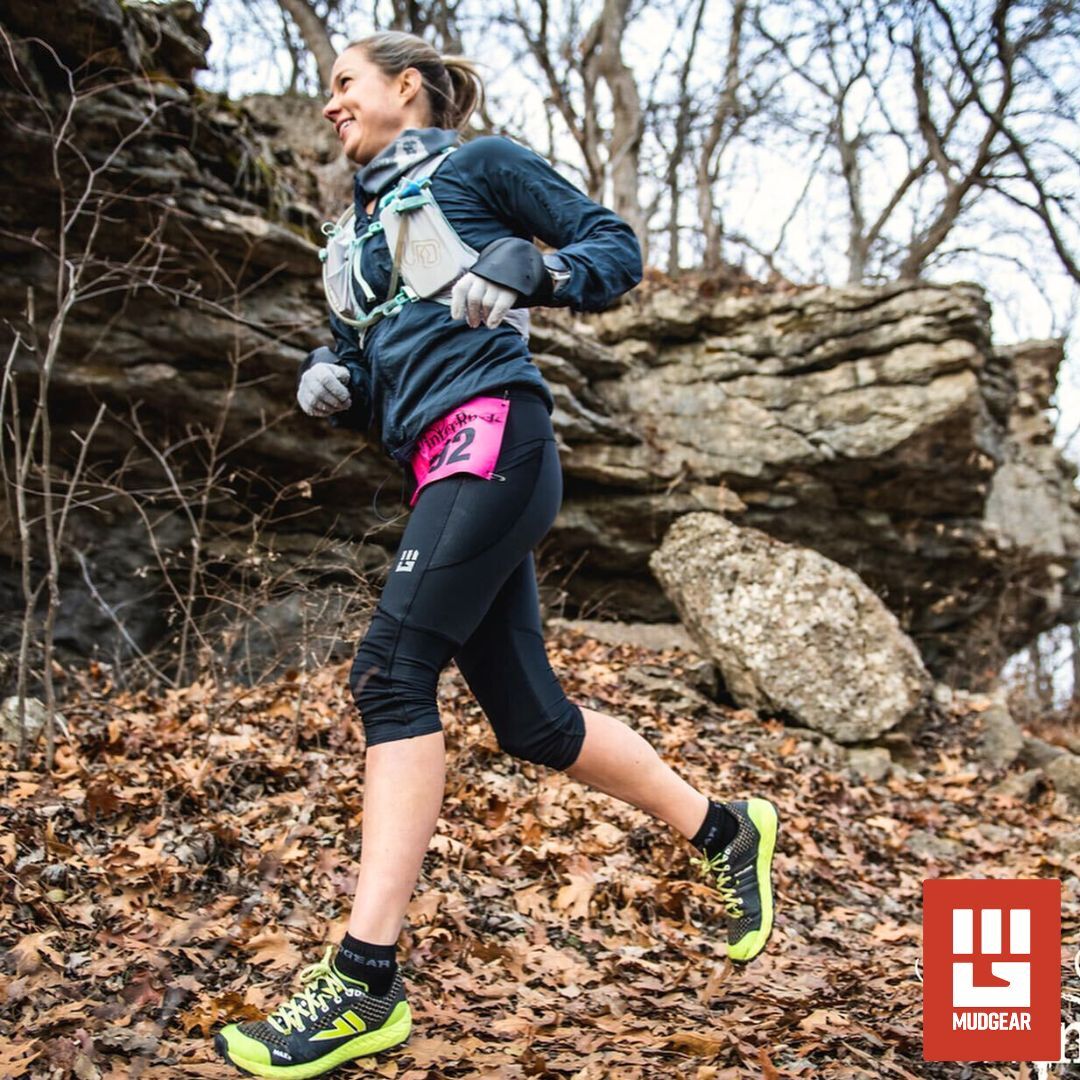
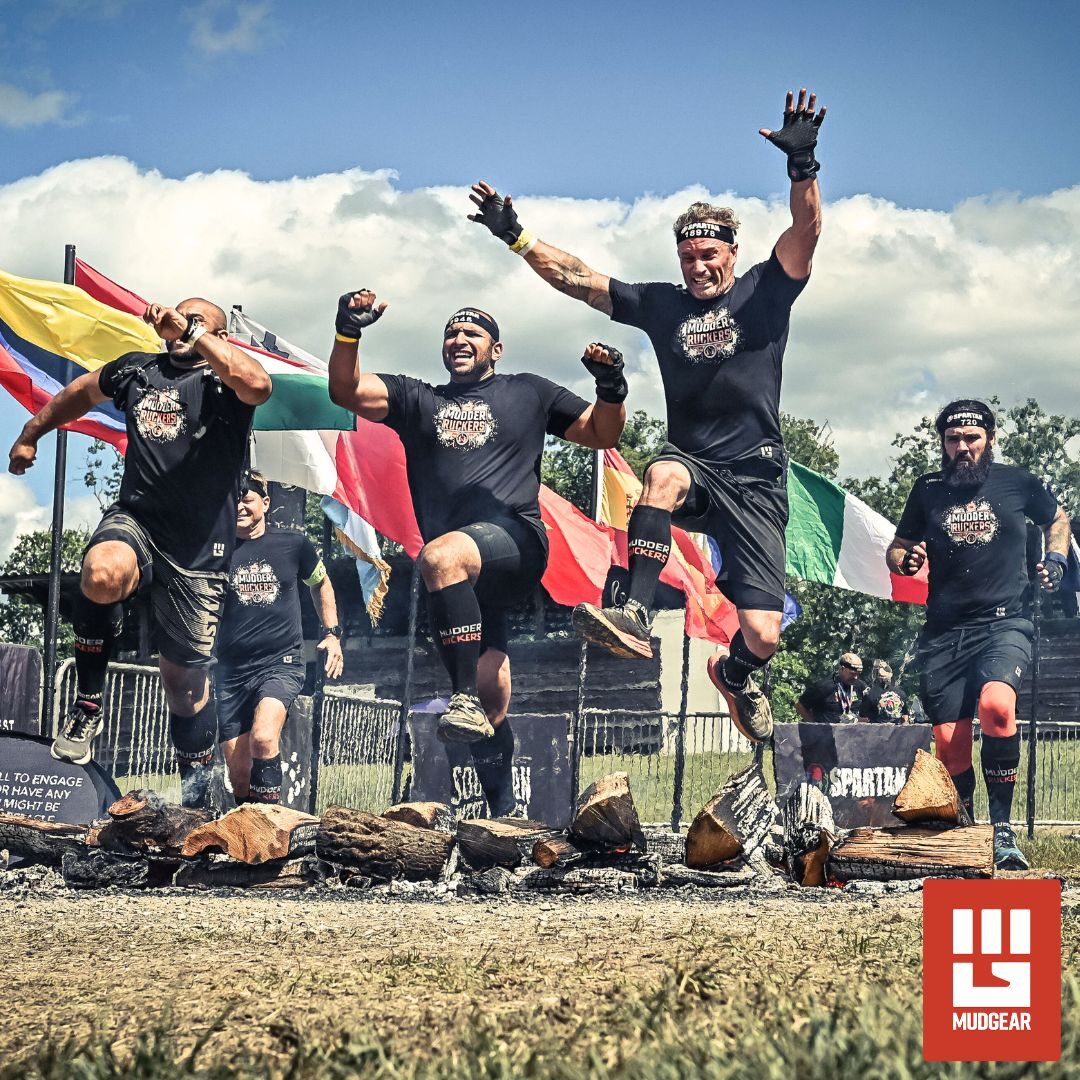
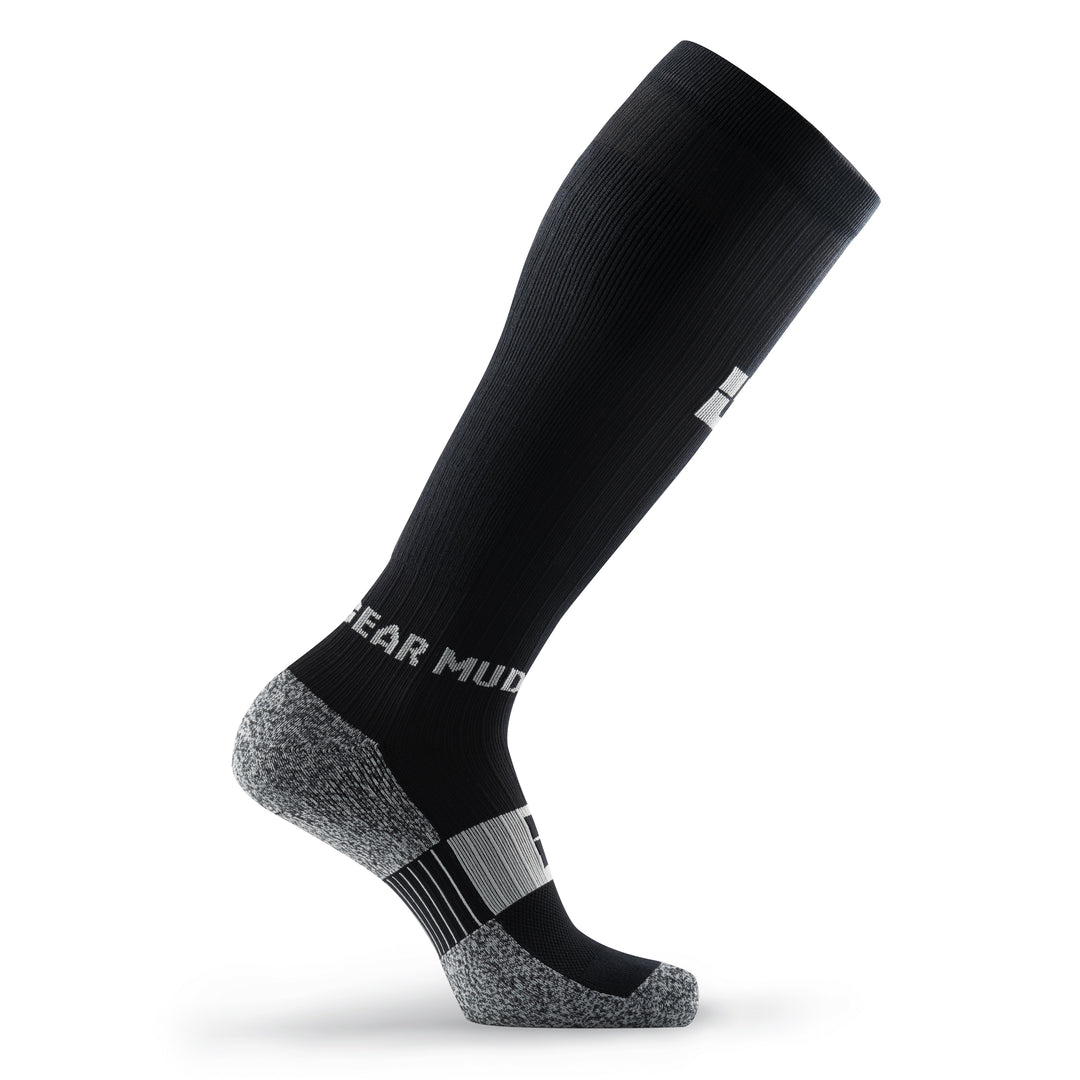
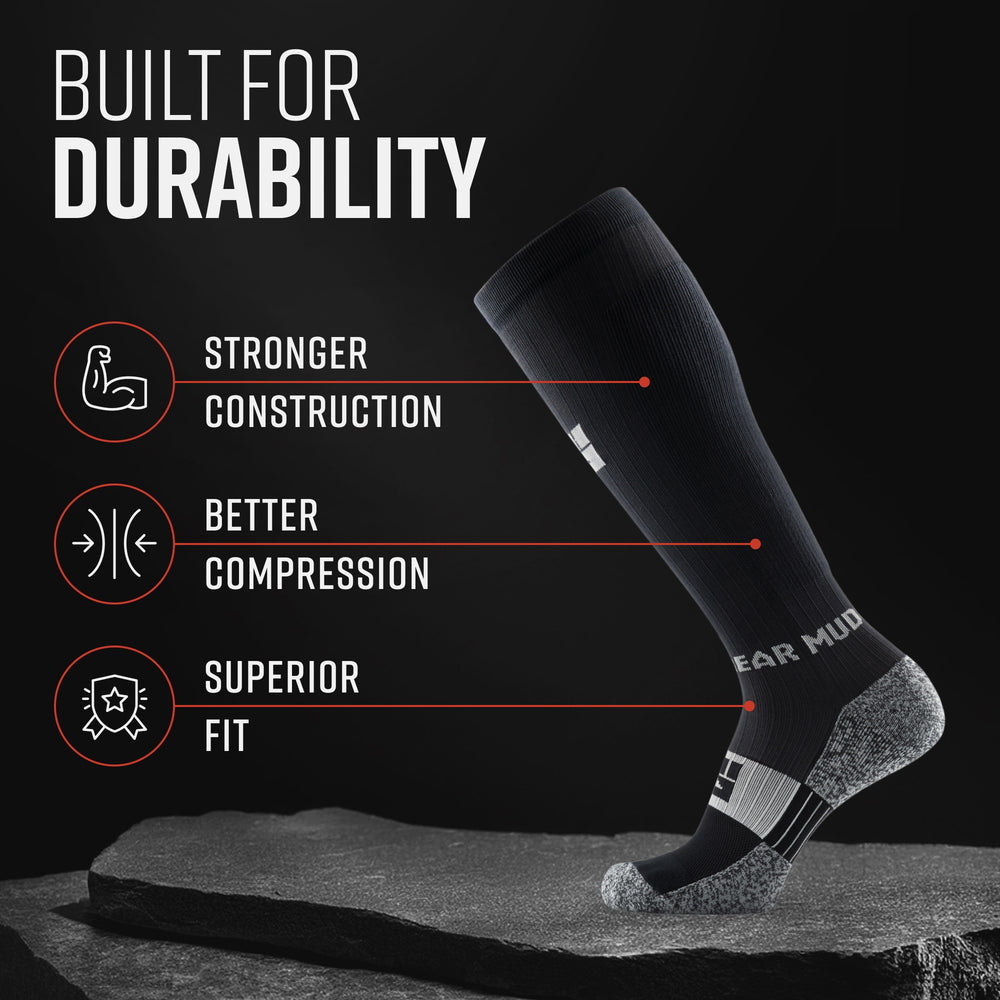
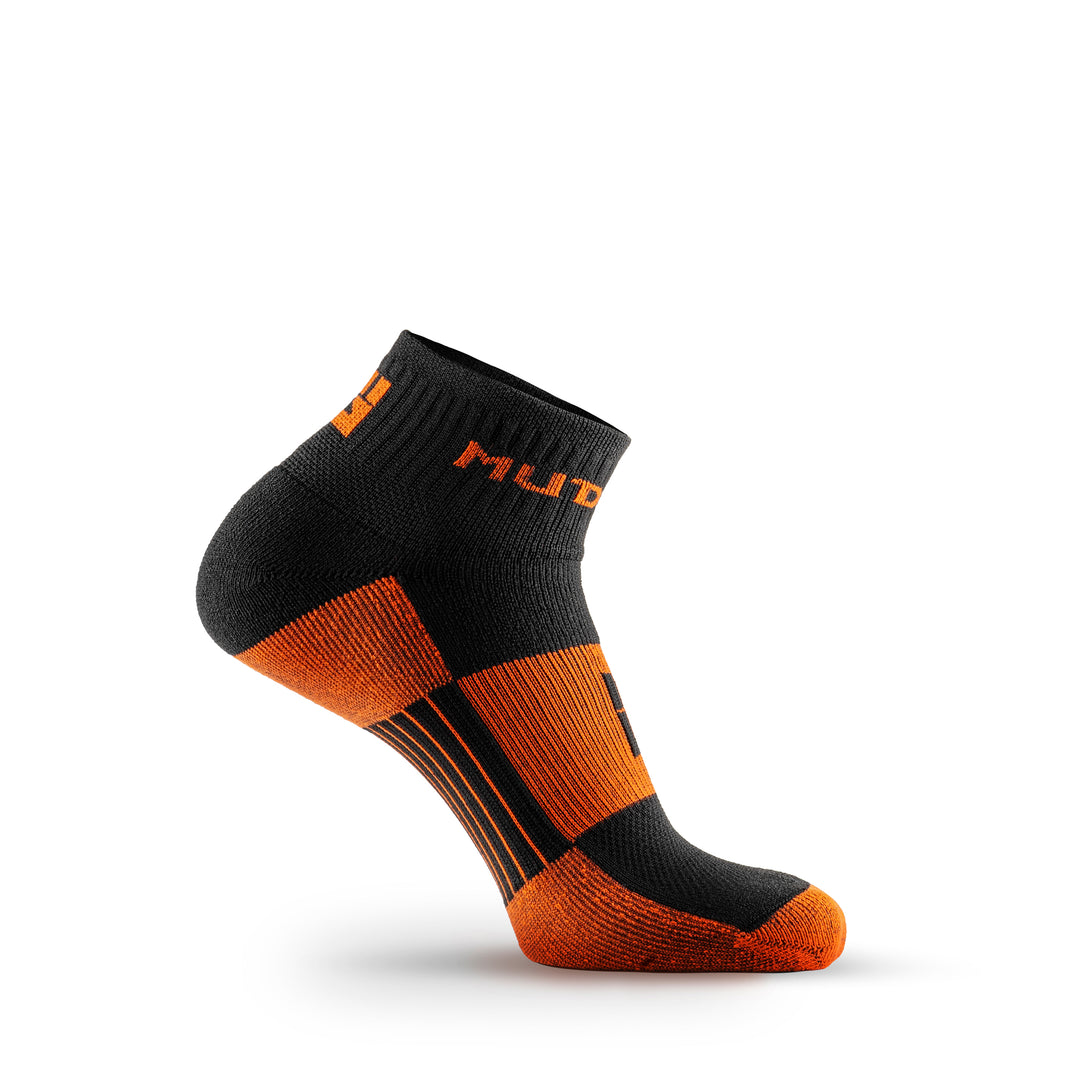
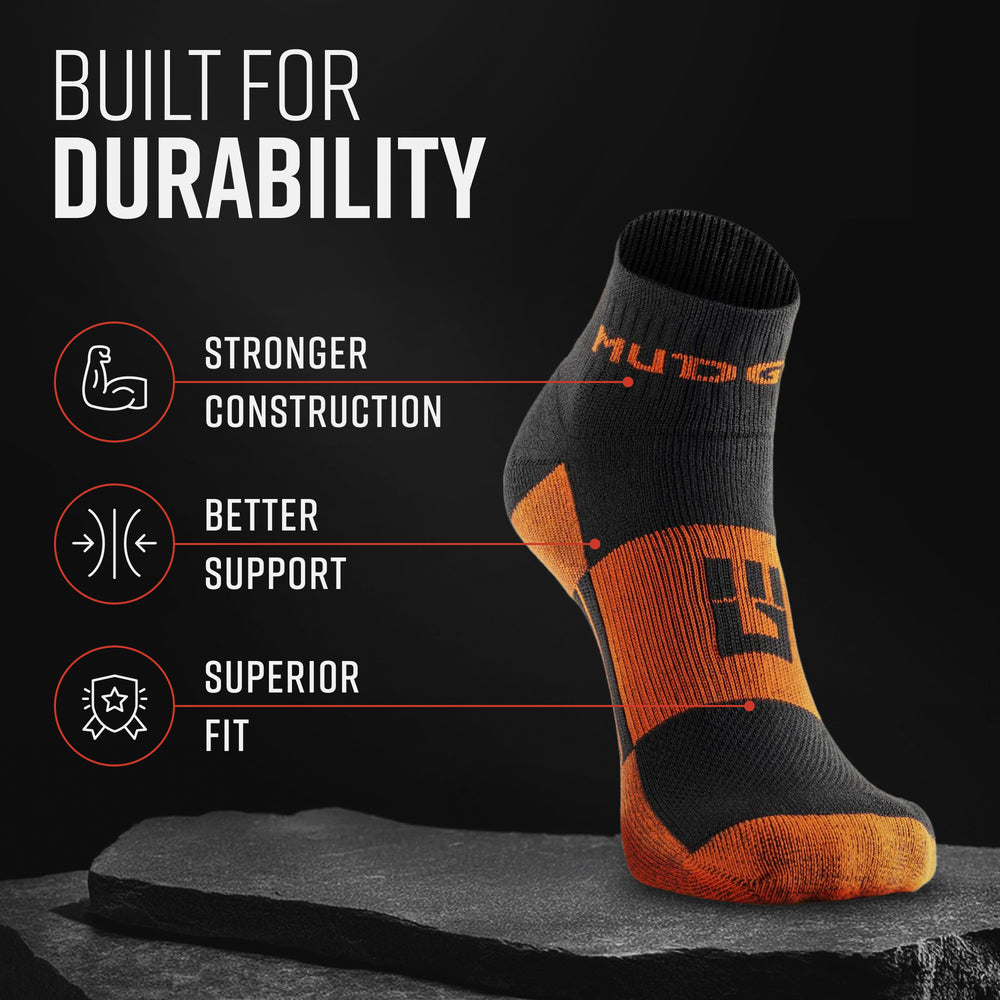


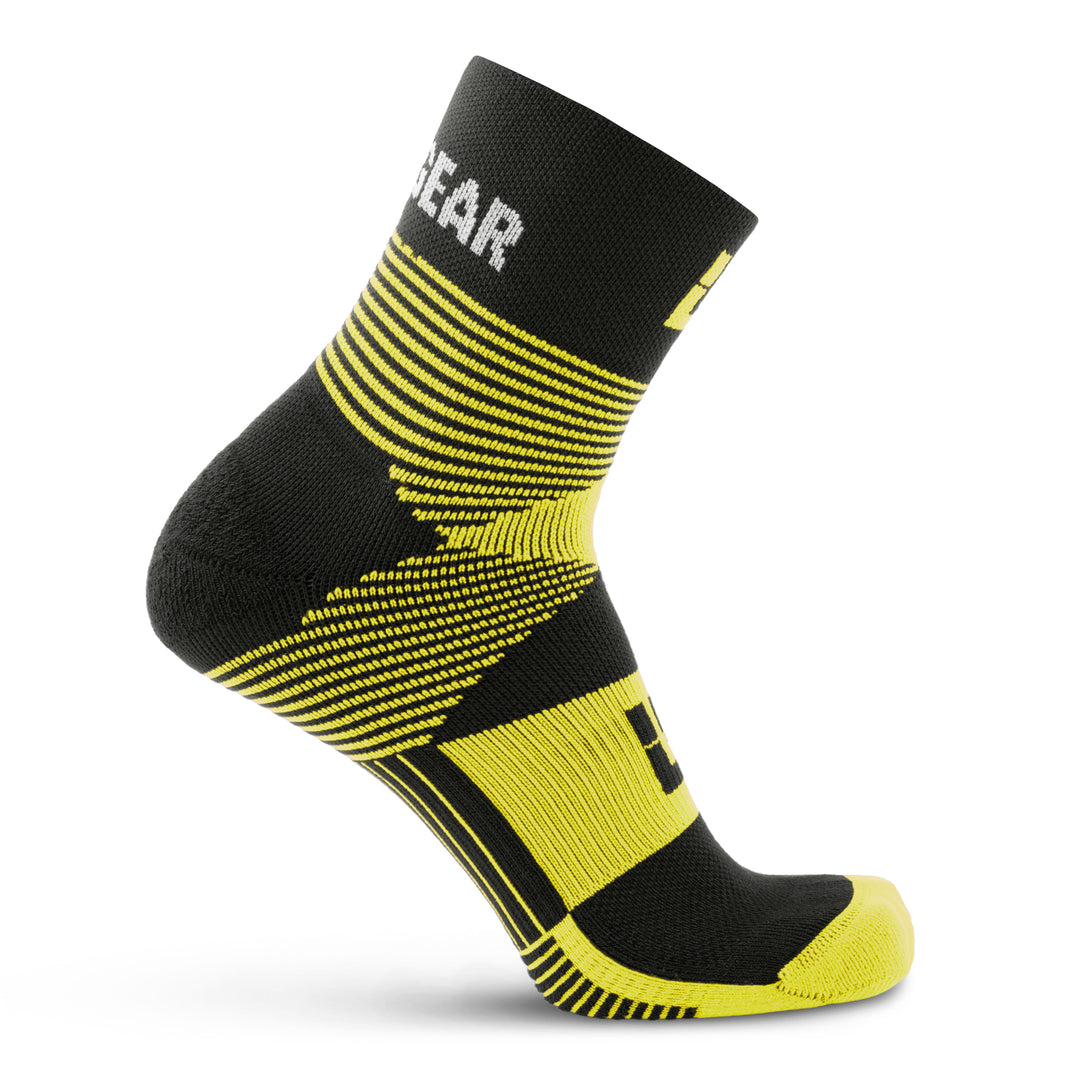
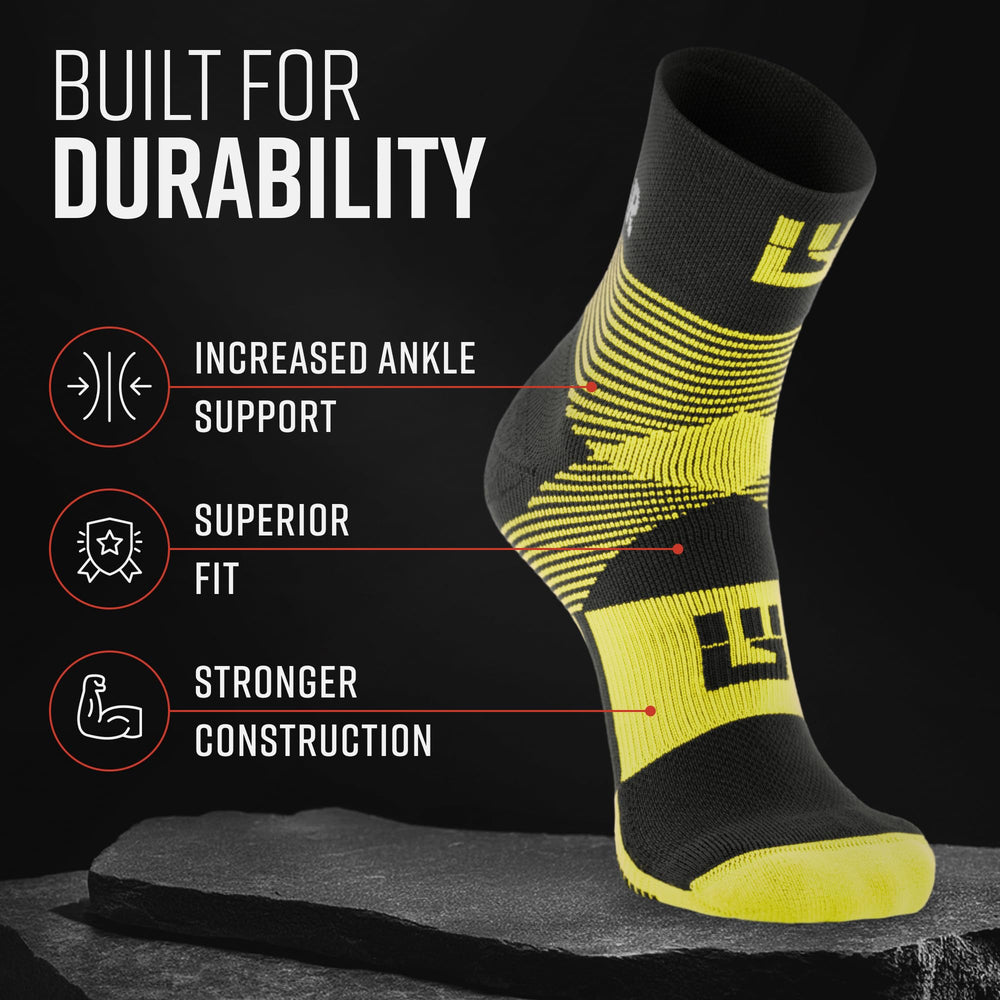

Leave a comment